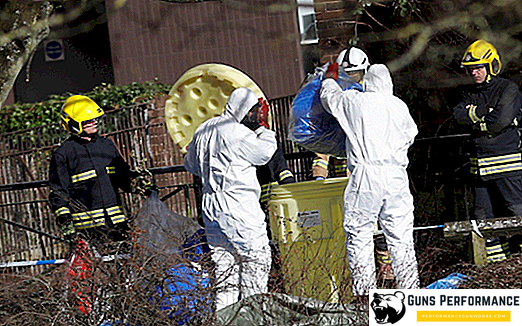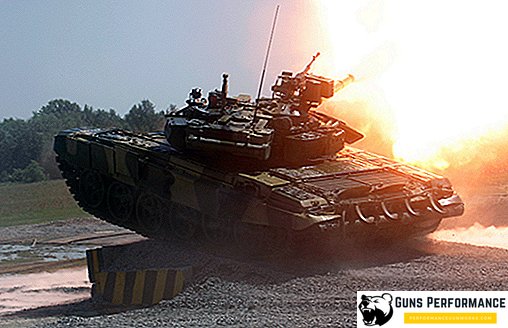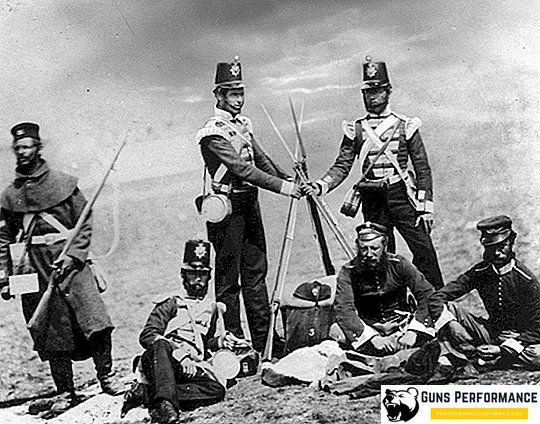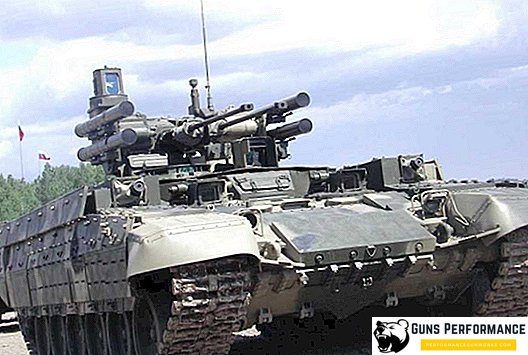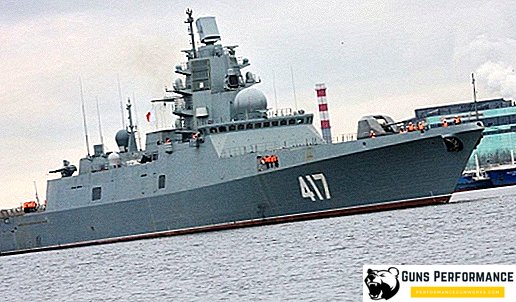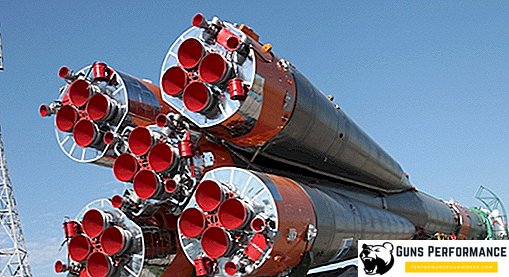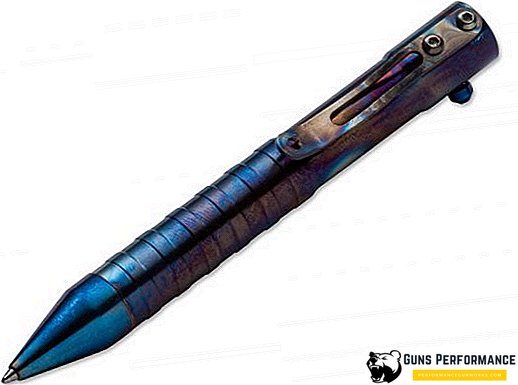DShK - large-caliber machine gun, created on the basis of a DK machine gun and using a cartridge of 12.7 × 108 mm. Machine gun DShK - one of the most common large-caliber machine guns. He played a significant role in the Great Patriotic War, as well as in subsequent military conflicts.
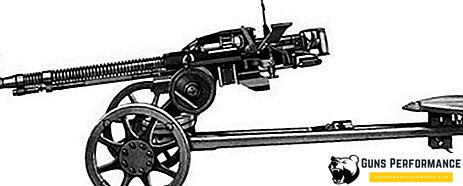
It was a formidable means of fighting the enemy on land, at sea, and in the air. The DShK had a peculiar nickname “Dushka”. At present, in the Russian armed forces, the DShK and DShKM are completely superseded by the Utes and Kord machine guns as more modern and sophisticated.
Story
In 1929, the experienced and famous gunsmith Degtyarev was commissioned to develop the first Soviet heavy machine gun, designed primarily to fight aircraft at altitudes up to 1.5 km. About a year later, the gunsmith presented his 12.7 mm machine gun for testing. Since 1932, this machine gun under the designation DK launched in small-scale production.

However, the DK machine gun had certain disadvantages:
- low practical rate of fire;
- large weight stores;
- cumbersome and heavy weight.
Therefore, in 1935, the release of the DK machine gun was discontinued, and the developers engaged in its improvement. Designer Shpagin by 1938 for designed the DC tape feed module. As a result, an improved machine gun was adopted by the Red Army on February 26, 1939 under the designation DShK - Degtyarev-Shpagin heavy machine gun.

Mass production of DShK started from 1940-1941. DShK machine guns used:
- as an infantry support weapon;
- as anti-aircraft guns;
- installed on armored vehicles (T-40);
- installed on small ships, including torpedo boats.
Kovrovsky Mechanical Plant to the beginning of the Great Patriotic War produced about 2 thousand DShK. By 1944, more than 8,400 machine guns had already been produced. And by the end of the war - 9 thousand DShK, the release of machine guns of this system continued in the post-war time.

According to the experience of the war, the DShK was modernized, and in 1946 a machine gun, called the DShKM, entered service. DShKM installed as an anti-aircraft machine gun on tanks T-62, T-54, T-55. The tank version of the machine gun was called DShKMT.
Design features
DShK large-caliber machine gun (12.7 mm caliber) is an automatic weapon using the principle of removal of powder gases. Fire mode DShK - only automatic, non-removable barrel equipped with a muzzle brake and has special fins for better cooling. The barrel is locked by two war larvae that are hinged on the bolt.

The power supply is made of metal non-bulk tape, the tape feed is carried out on the left side of the ASC. The feeder tape is made in the form of a drum. The drum while rotating simultaneously fed the tape, and also removed the cartridges from it (the tape had open links). After the drum chamber with the cartridge came to the lower position, the bolt filed the cartridge into the chamber.
The tape was fed using a lever located on the right side and swinging in a vertical plane during the impact of the loading arm rigidly connected to the slide frame.

The DShKM drum mechanism was replaced by a compact slider that worked on the same principle. The cartridge was removed from the tape downwards, after which it was fed directly into the chamber. In the back of the receiver box mounted spring buffer bolt and shutter. The fire is fought from the rear sear. To control the fire used two handles on the back plate, as well as paired triggers. For aiming, a frame sight was installed, and special mounts were installed for the anti-aircraft rafterscope.
The machine gun was mounted on a universal machine tool of the Kolesnikov system, which was equipped with a steel shield and removable wheels. When using a machine gun as an anti-aircraft gun, the rear support was divorced into a tripod, and the wheels and shield were removed. The main disadvantage of this machine was the weight that limited the mobility of the machine gun. Machine gun installed:
- on shipboard tumbovy installations;
- in tower installations;
- on remote-controlled anti-aircraft installations.

Specifications DShK sample 1938
- The cartridge is 12.7 × 108.
- The total mass of the machine gun (on the machine, with a ribbon and without a shield) - 181.3 kg.
- The mass of the "body" DShK without tape - 33.4 kg.
- The mass of the trunk - 11.2 kg.
- The length of the "body" DShK - 1626 mm.
- The length of the barrel - 1070 mm.
- The grooves are 8 right-sided.
- The length of the threaded part of the barrel - 890 mm.
- The initial speed of the bullet - 850-870 m / s.
- Muzzle energy bullets - an average of 19,000 j.
- The rate of fire - 600 shots per minute.
- Combat rate - 125 shots per minute.
- Sighting line length - 1110 mm.
- Sighting range for ground targets - 3500 m.
- Aiming range for air targets - 2400 m.
- Reach height - 2500 m.
- Type of machine - wheel-tripod.
- The height of the line of fire in the ground position - 503 mm.
- The height of the line of fire in the zenith position is 1400 mm.
- For anti-aircraft fire, the transition time from the march is 30 seconds.
- Calculation - 3-4 people.
Modifications
- DSHT - tank machine gun, was first installed on tanks IS-2 as anti-aircraft
- DShKM-2B - twin installation for armored boats, where two machine guns were installed in a closed tower, with anti-bullet armor
- MTU-2 - twin turret installation weighing 160 kg, designed for installation on ships
- DShKM-4 - experienced quad install
- P-2K - mine installation, created for submarines (in the campaign was retracted inside the boat)


